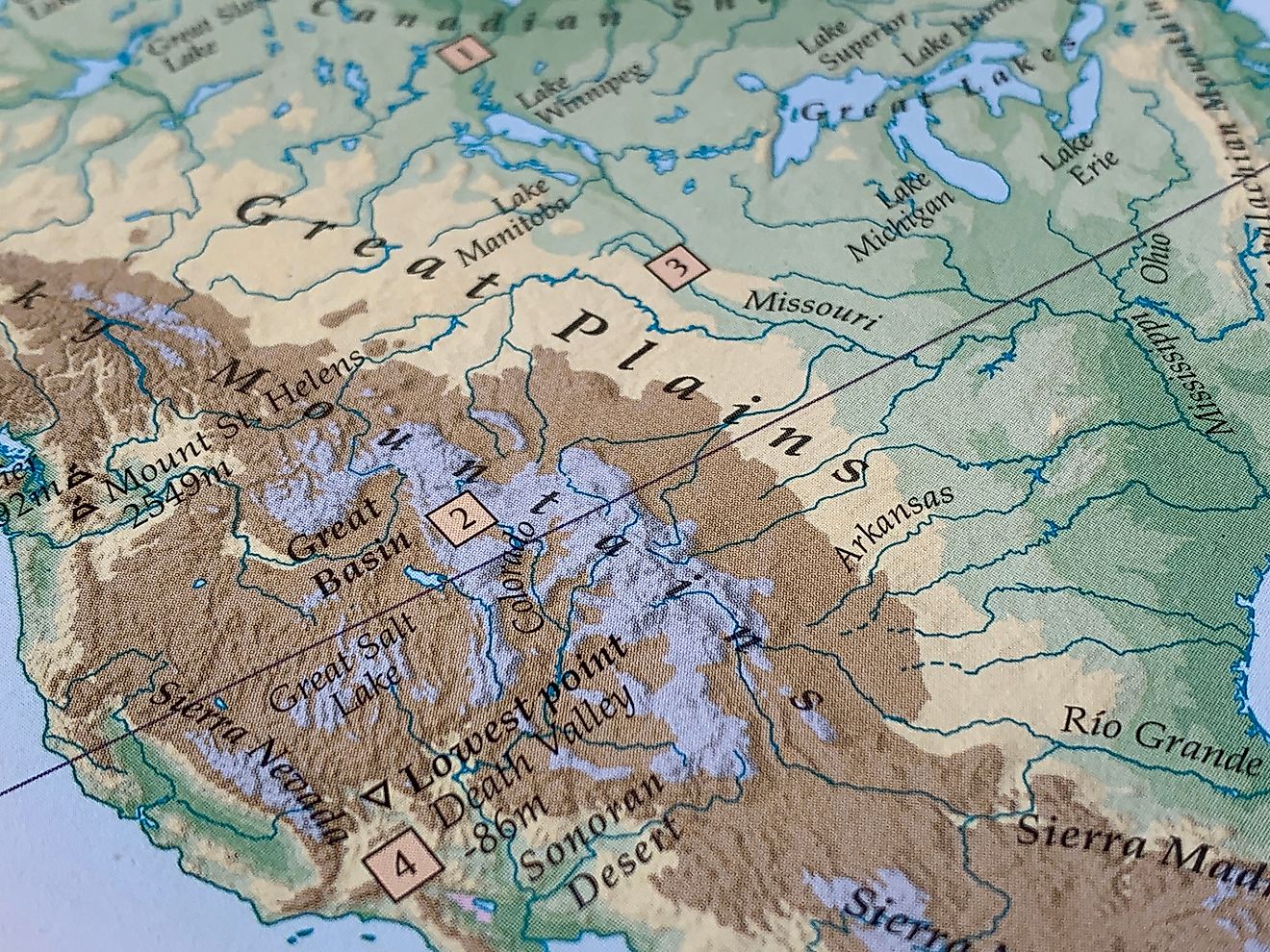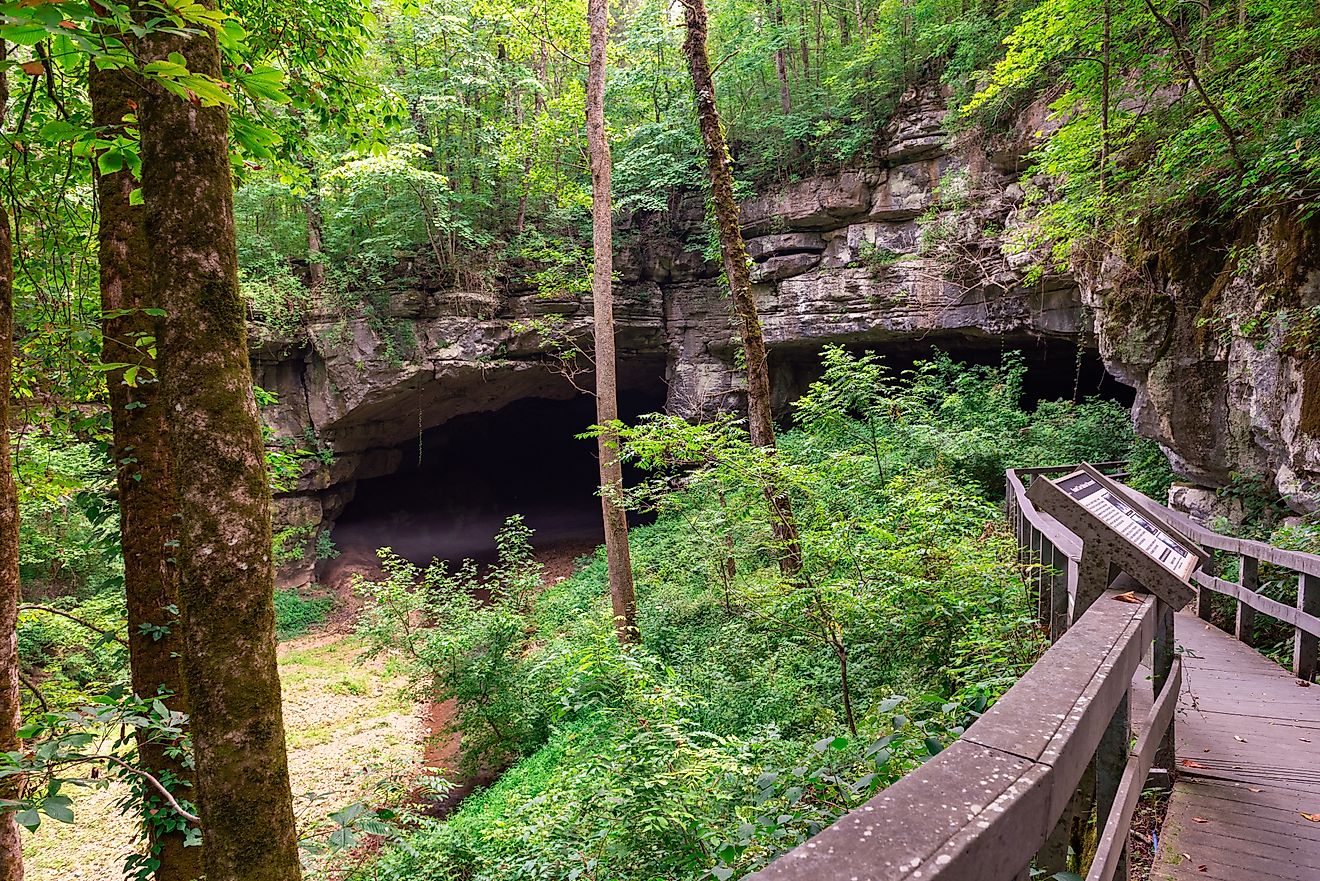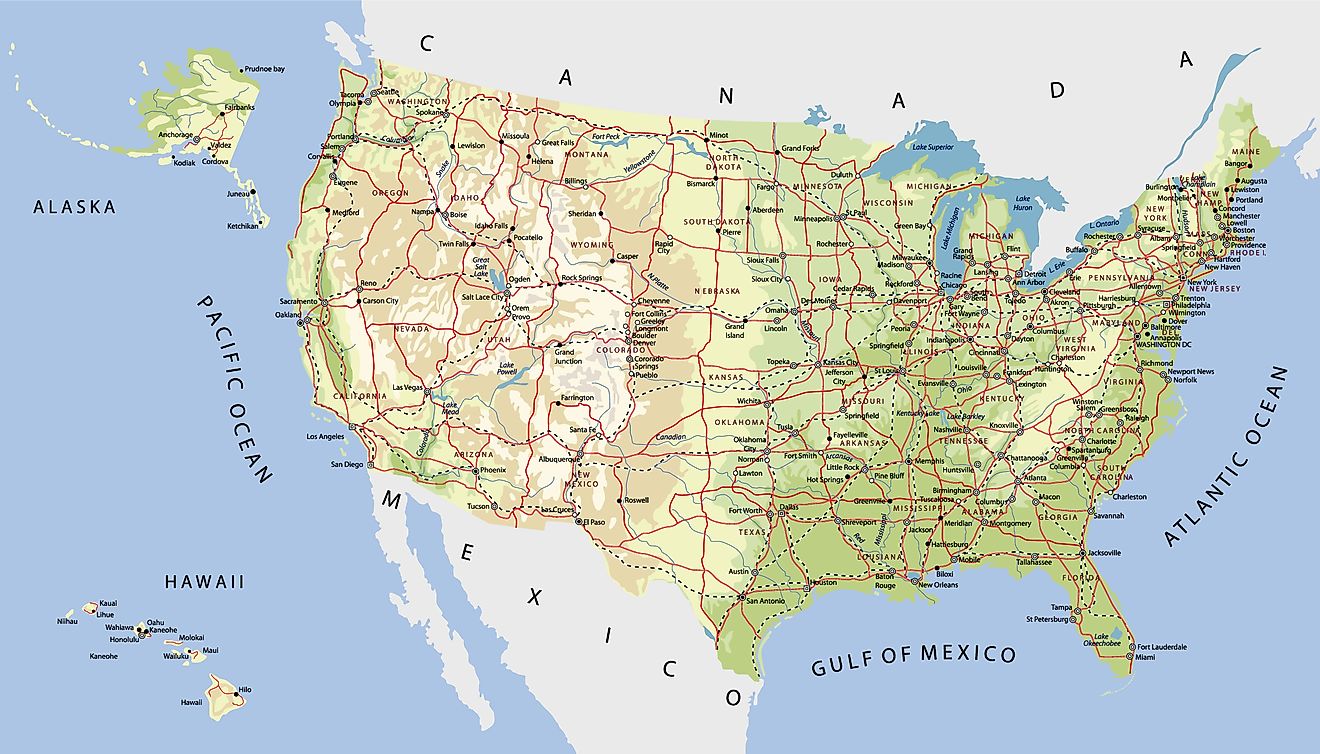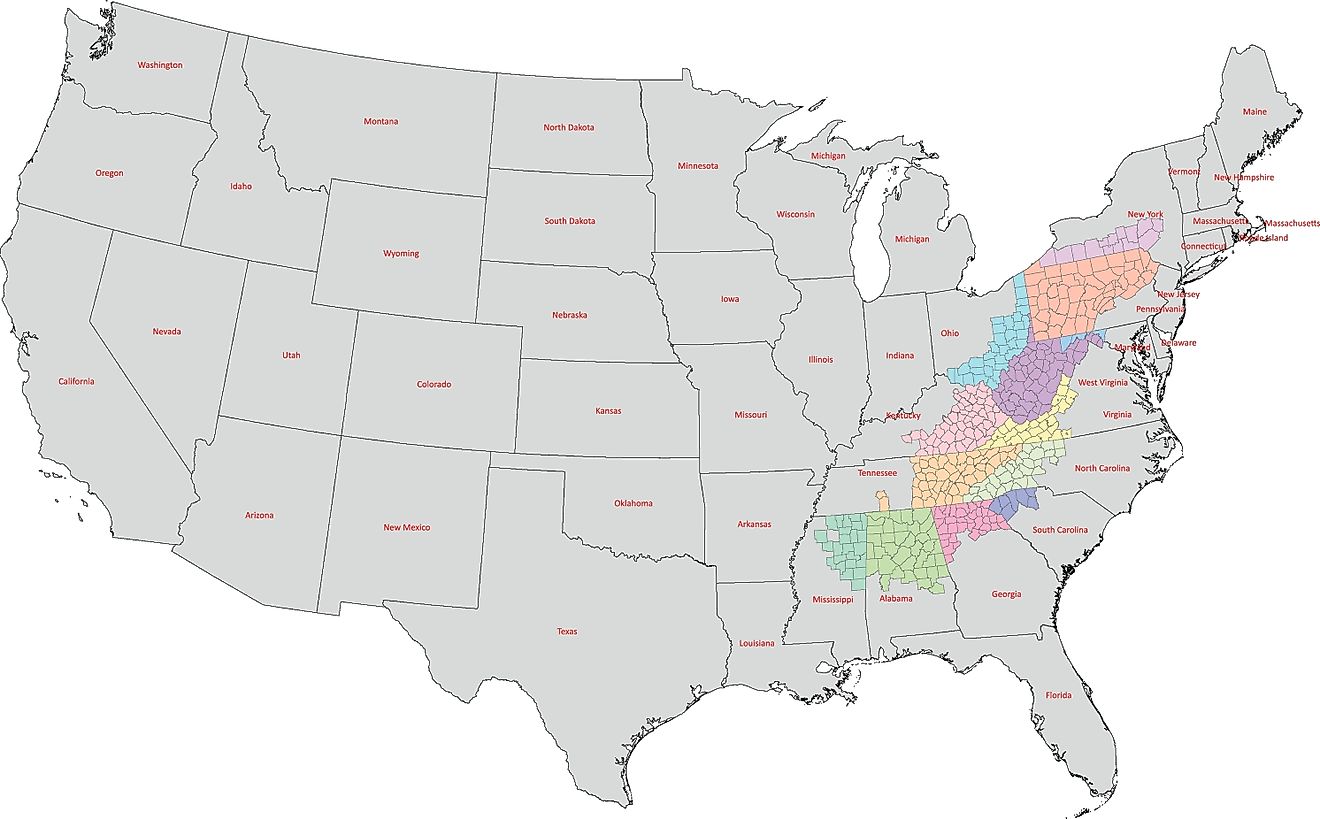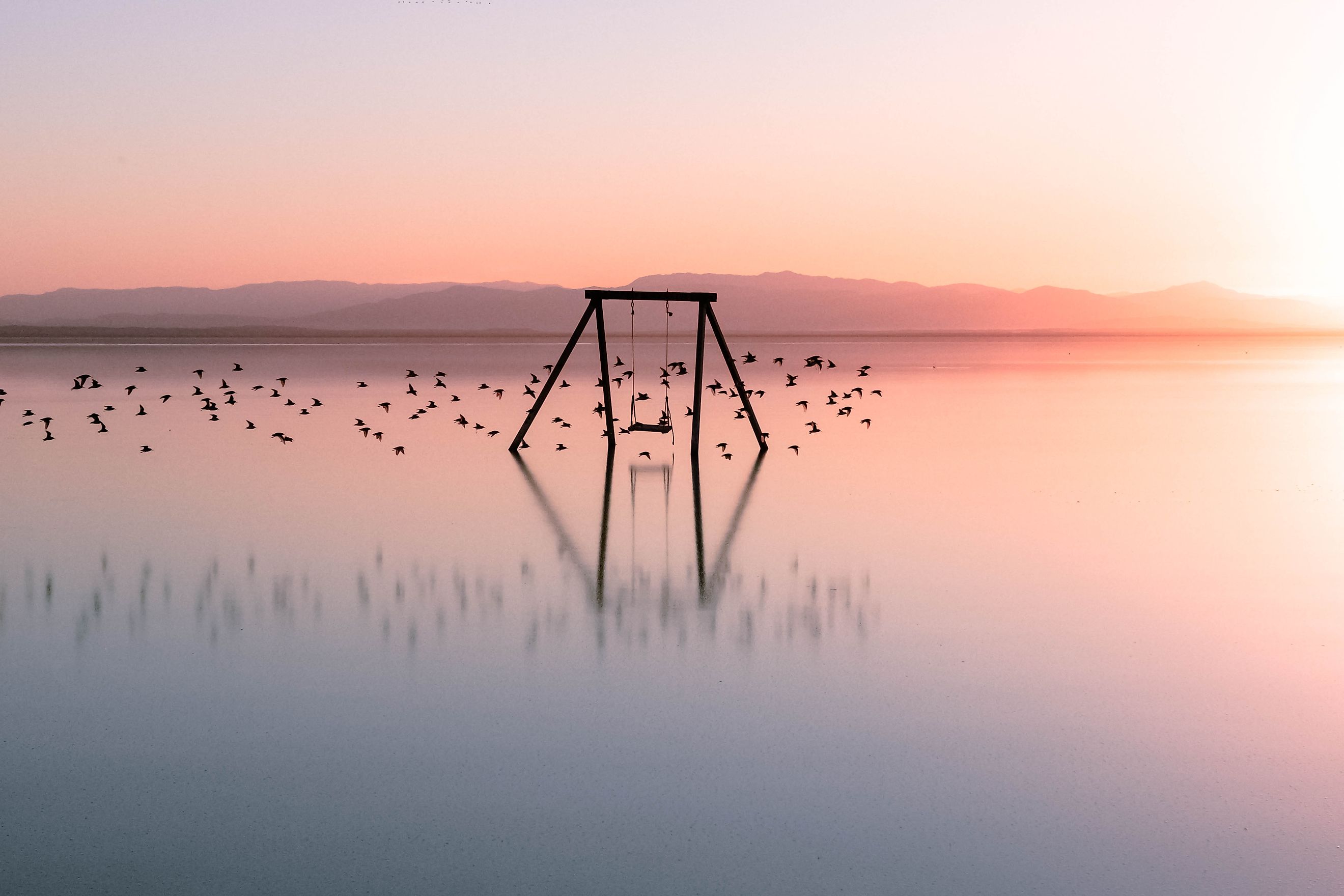
7 Saltwater Lakes in The United States
When most people think of lakes in the United States, they imagine freshwater. These might be the cold, clear lakes found in mountain regions or the vast inland seas like Lake Michigan. However, scattered across the country are lakes with a very different composition: saltwater. These unusual bodies of water, shaped by geology and climate, offer environments unlike any others in North America.
Saltwater lakes are often hypersaline, meaning they contain much more salt than the ocean. Some are so salty that people can float effortlessly on the surface. Others are shallow desert basins that rise and fall dramatically with seasonal rainfall and evaporation.
Check out seven of the most notable saltwater lakes in the United States. Each is ranked by size, salinity, or ecological significance. Together, they highlight the strange and beautiful variety of America’s inland saltwater landscapes.
Great Salt Lake, Utah
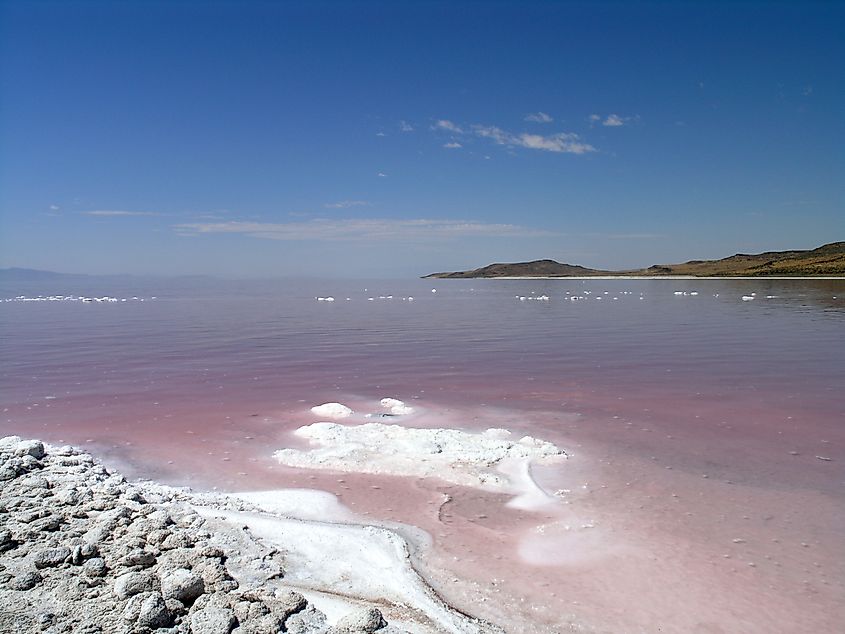
State: Utah
Salinity: Up to 25%
Unique Feature: Supports North America's largest inland wetland ecosystem
The Great Salt Lake is the most famous saltwater lake in the US and the largest by surface area. Once part of the ancient Lake Bonneville, this modern remnant is now a massive hypersaline body stretching up to 1,700 square miles at high water levels. However, the lake has dramatically shrunk in recent decades due to water diversion and drought, reaching historic lows in the 2020s.
The salinity of the lake varies widely depending on the area and water level. In some parts, it’s more than 10 times saltier than the ocean. Despite these extreme conditions, the lake supports thriving populations of brine shrimp and draws millions of migratory birds each year.
Mono Lake, California
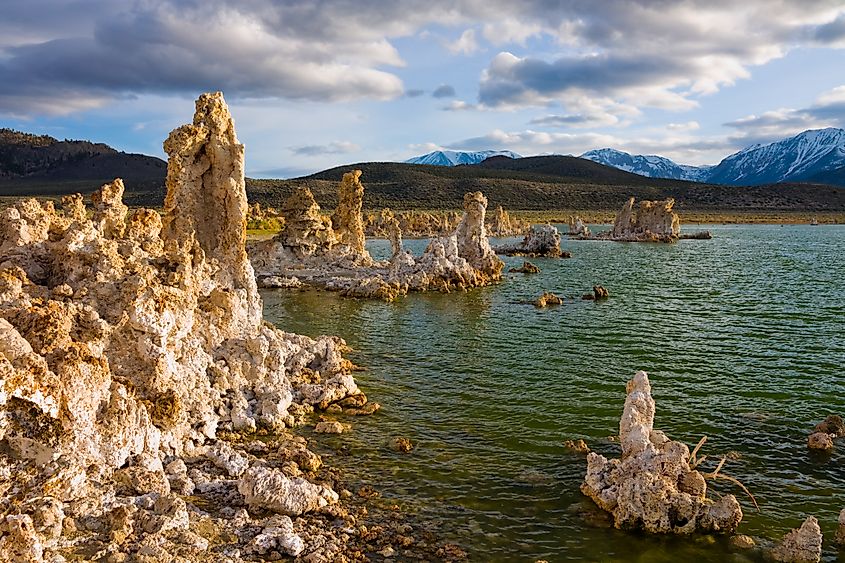
State: California
Salinity: Around 7%
Unique Feature: Tufa towers and eerie landscape
Mono Lake, located on the eastern flank of the Sierra Nevada, is an ancient saltwater lake, over 760,000 years old, with no outlet. Because water flows in but not out, salts accumulate, creating extremely alkaline and saline conditions.
Its signature “tufa towers” or limestone formations created underwater, now rise above the surface due to lake shrinkage caused by water diversions to Los Angeles in the 20th century. Conservation efforts have helped restore its levels, but it remains an endangered ecosystem.
Mono Lake is a hotspot for birdwatchers, thanks to its massive colonies of alkali flies and brine shrimp that feed migratory birds like California gulls and phalaropes.
Salton Sea, California
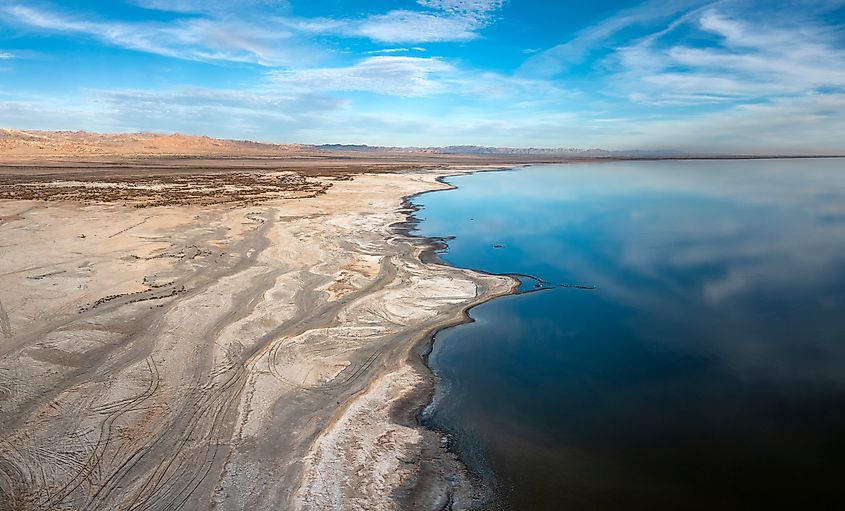
State: California
Salinity: Around 5–7%
Unique Feature: Man-made and rapidly deteriorating ecosystem
The Salton Sea is an accidental lake formed in 1905 when a levee break caused the Colorado River to flood a desert basin. Originally freshwater, the Salton Sea has become increasingly saline over the years, now saltier than the Pacific Ocean. The lake is shrinking due to evaporation and lack of inflow, exposing toxic dust and threatening public health in the surrounding Imperial Valley.
Despite its challenges, the lake remains an important stopover for migratory birds and once hosted a bustling mid-century resort scene. Today, it's the subject of intense debate over environmental restoration and water rights.
Badwater Basin Pool, California
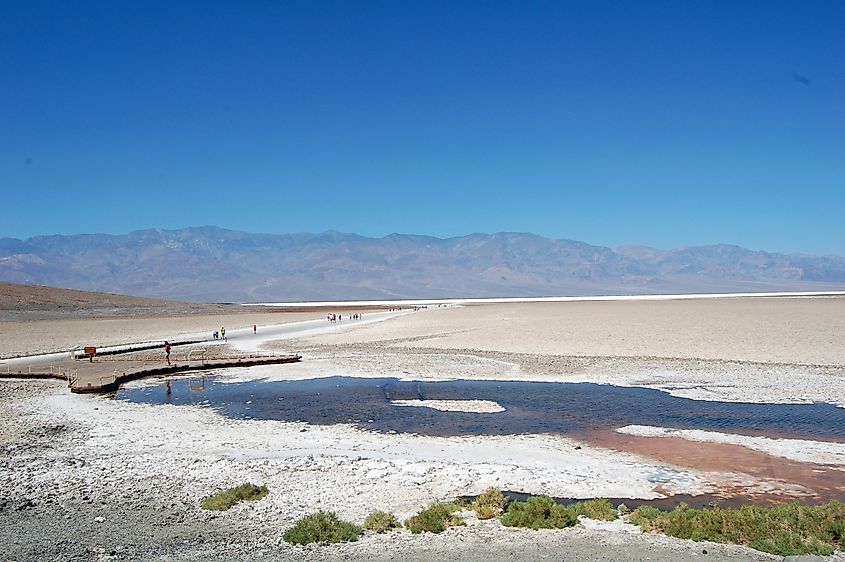
State: California
Salinity: Hypersaline (varies with evaporation)
Unique Feature: Appears seasonally in the hottest, driest place in North America
Located in Death Valley National Park, Badwater Basin holds the record as the lowest point in North America at 282 feet below sea level. After heavy rain, a temporary saltwater lake forms in this ancient seabed. The lake is extremely shallow, often just a few inches deep, but highly saline due to the accumulation of minerals in the desert basin.
The surface of Badwater often sparkles with salt crusts and polygon formations, creating one of the most surreal landscapes in the country. It’s not a permanent lake, but when it exists, it is truly otherworldly.
Great Salt Plains Lake, Oklahoma
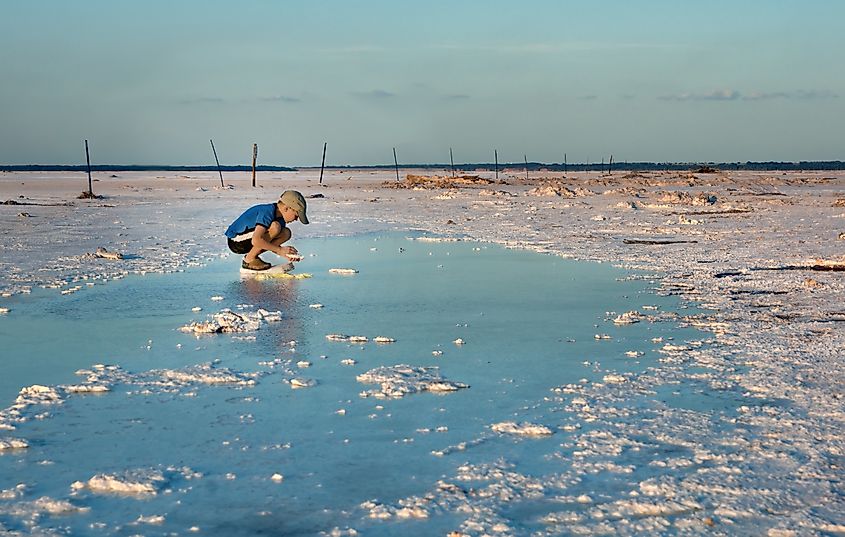
State: Oklahoma
Salinity: Moderate to high, fluctuates seasonally
Unique Feature: Crystal-filled salt flats surrounding a shallow saltwater lake
Located in north-central Oklahoma within the Salt Plains National Wildlife Refuge, Great Salt Plains Lake is one of the few natural saltwater lakes in the central United States. It sits atop a prehistoric seabed, which left behind a thick crust of salt deposits that still surface today. The lake itself is shallow and can vary widely in size depending on rainfall and evaporation rates.
What makes this location truly unique is the surrounding salt flats. Visitors are allowed to dig for hourglass-shaped selenite crystals, a rare geological phenomenon found only here. The briny conditions of the lake and the surrounding landscape support salt-tolerant vegetation and provide critical habitat for migratory birds, including endangered species like the whooping crane.
Though lesser known than Utah’s Great Salt Lake, the Great Salt Plains offer a rare inland saltwater experience, one rooted in both geological history and natural wonder.
Abert Lake, Oregon

State: Oregon
Salinity: High
Unique Feature: Alkaline lake with massive bird migrations
Abert Lake is a large, shallow, endorheic saltwater lake in south-central Oregon, part of the Great Basin. With no natural outlet, it traps salts and minerals that accumulate to hypersaline levels over time. Though the lake is often just a few feet deep, it stretches more than 15 miles long and supports a unique desert lake ecosystem.
The lake's salinity makes it uninhabitable for fish, but it is rich in brine shrimp, which attract hundreds of thousands of migratory birds. Abert Lake is a vital feeding ground for avocets, phalaropes, and other shorebirds along the Pacific Flyway. Its shoreline, surrounded by dramatic cliffs and sagebrush steppe, gives it a stark and striking beauty.
Despite its remote location and lack of recreational development, Abert Lake plays a key ecological role in the region. Seasonal fluctuations in water levels, combined with high evaporation rates, continually reshape its shoreline, offering a living laboratory for studying arid-lake dynamics and climate patterns.
Alkali Lake, Nebraska

State: Nebraska
Salinity: High (alkaline and saline)
Unique Feature: Rare natural salt lake in the Great Plains
Alkali Lake, located in the Sandhills region of western Nebraska, is one of the few natural saltwater lakes in the central United States. It lies within the Nebraska Sandhills, an area known for its vast dune-covered grasslands and hidden wetlands. Unlike many freshwater lakes in the region, Alkali Lake has a naturally high concentration of salts and alkaline minerals due to limited outflow and the presence of ancient marine deposits beneath the surface.
This shallow lake plays a critical role in the surrounding prairie ecosystem. It provides habitat for migratory birds such as avocets, stilts, and phalaropes, many of which rely on saline lakes as stopover points during long journeys. The unique chemistry of the lake also supports salt-tolerant plant species rarely found elsewhere in Nebraska.
While it receives little tourism, Alkali Lake is significant from an ecological and geological perspective. It represents one of the last remaining saline wetland systems in the state, and local conservation efforts aim to preserve its delicate balance in the face of groundwater development and changing precipitation patterns.
A Landscape Shaped by Salt and Time
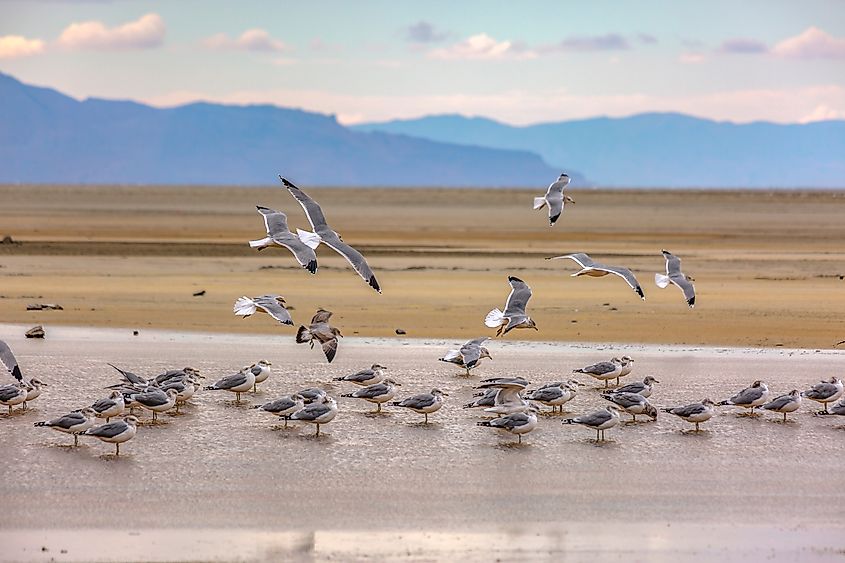
Saltwater lakes in the United States are some of the most intriguing, biologically unique, and geologically fascinating features of the American landscape. Whether ancient and stable like Mono Lake or rapidly transforming like the Salton Sea, each tells a story about water, salt, survival, and time. These inland seas, often forgotten next to their freshwater cousins, are well worth understanding and in some cases, worth saving.
Comparison Chart of US Saltwater Lakes
| Lake Name | State | Approx. Size (sq mi) | Salinity (%) | Permanent or Seasonal | Notable Feature |
|---|---|---|---|---|---|
| Great Salt Lake | Utah | Up to 1,700 | Up to 25% | Permanent | Largest U.S. salt lake |
| Mono Lake | California | 45 | ~7% | Permanent | Ancient lake with tufa towers |
| Salton Sea | California | ~345 | ~5–7% | Permanent | Man-made and environmentally unstable |
| Badwater Basin | California | <1 | Hypersaline | Seasonal | Lowest point in North America |
| Great Salt Plains Lake | Oklahoma | ~13 | Moderate | Seasonal | Known for crystal digging in salt flats |
| Abert Lake | Oregon | ~60 | Up to 10% | Permanent | Supports brine shrimp; no outlet |
| Alkali Lake | Nebraska | ~2 | Hypersaline | Seasonal | Small saline lake in Nebraska Sandhills region |
FAQ's About the Saltwater Lakes of the US
Are all saltwater lakes in the US hypersaline?
Not all. Some, like the Salton Sea, are salty but not more than the ocean. Others, like parts of the Great Salt Lake and Badwater Basin, are significantly saltier than seawater.
Why do saltwater lakes form?
Salt lakes form in endorheic basins, areas where water flows in but cannot flow out. Evaporation removes the water, leaving salts behind. These lakes are common in arid or semi-arid regions.
Can you swim in a saltwater lake?
Yes, but conditions vary. Swimming in the Great Salt Lake is possible and can be fun due to natural buoyancy. However, lakes like the Salton Sea often have poor water quality or strong odors, making them less appealing for recreation.
Do any salt lakes in the US have fish?
Most saltwater lakes in the US do not support fish due to the high salinity. Instead, they host brine shrimp, algae, and specialized microorganisms. Some lakes may have freshwater sections or see occasional introductions of fish, but survival is rare.
Are these lakes protected?
Some, like Mono Lake and Badwater Basin, are part of protected lands (state reserves or national parks). Others are still the focus of conservation efforts or face environmental challenges from human activity and climate change.

